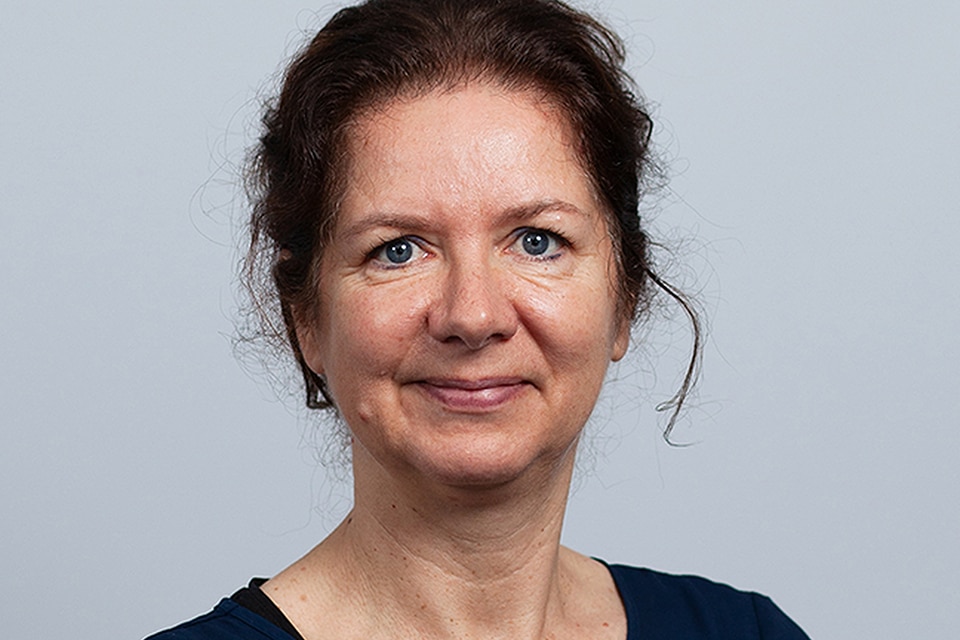
Safety Culture Ladder higher on agenda within concrete and steel construction industry
Congress on June 4 in Amersfoort
On June 4, the Safety Culture Ladder (SCL) Congress will take place in Amersfoort, the Netherlands. An interesting event to gain knowledge, which ultimately leads to an important end result: more safety on the shop floor and thus fewer accidents. Speaking is Kaat van der Haar, consultant at the Netherlands Standardization Institute (NEN) and Project Manager Safety Culture Ladder. "Every company - also in the concrete and steel construction industry - says that safety on the shop floor is being worked on, but do the employees feel it?", she wonders. "But we are making progress. A new version of the SCL was published early this year."
"Everything about safety within an organization hinges on attitude and awareness," Van der Haar explains. "Do people dare to speak to each other about undesirable behavior that could potentially cause accidents? For example: does an employee on the scaffolding dare speak to his superior if he walks onto the construction site not wearing a helmet? Or, are employees sharp enough when they encounter situations on the construction site that they are unsure about? Do they dare to ask questions? Are they critical enough?"
Van der Haar explains that the Safety Culture Ladder - call it a roadmap with five levels of safety awareness - was originally an initiative of ProRail. "It noticed that - despite the existence of good (warning) systems - there were still too many accidents. Together with other parties, ProRail developed the ladder. In 2016, she transferred it to us, allowing us to make the translation to other industries. A new version was published early this year. For example, it still contained some "rail" terms. We were also convinced that the Safety Culture Ladder needed less text as well as simpler language. After all, everyone should be able to understand it. Moreover, it is written in more ascending order; the term 'ladder' has become more real."
Translation
In the Safety Culture Ladder, for example, one finds the preconditions that organizations must meet. "So you then almost immediately talk about psychosocial safety: does the youngest employee also dare to open his mouth if he or she observes something?"
Van der Haar says that everyone is welcome at the conference in Amersfoort. "However, I do think that it is mainly the quality managers of companies who will travel to the meeting. Because, they are the ones within organizations who make the translation to the employees."
She acknowledges that she does not know the extent to which the Safety Culture Ladder is already used within concrete and steel construction. "Large companies are represented in the VIA. The signatories have indicated they are putting 'Safety' higher on the agenda and implementing it." Incidentally, Van der Haar also understands that companies first dig in their heels. "It is seen as a must. It is something that comes extra. But at the same time, it is our experience that companies - once they have implemented it - don't let go. Moreover, the annual audit is a good stick to keep a safe culture high on the agenda. The conversation must therefore continue unabated. Every accident is one too many."




